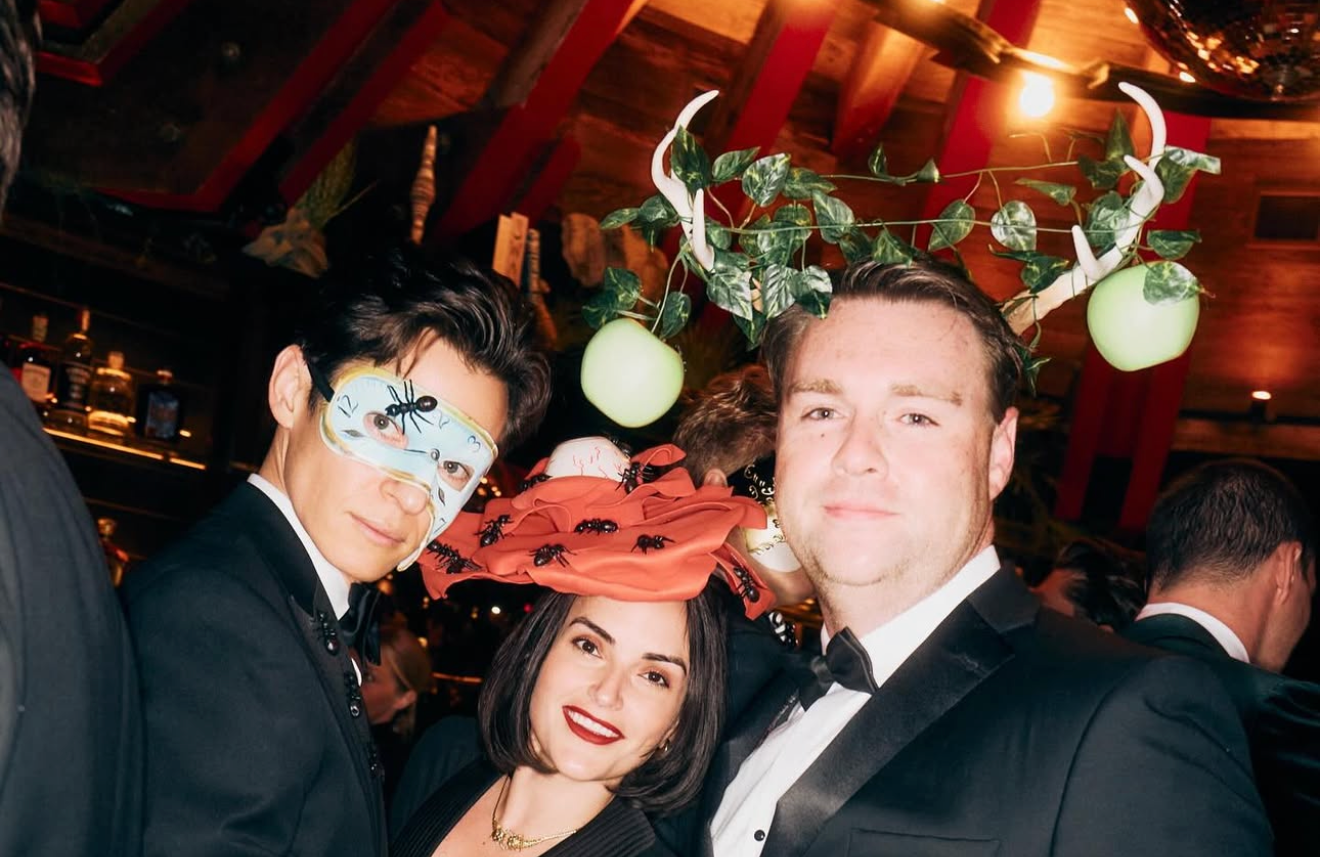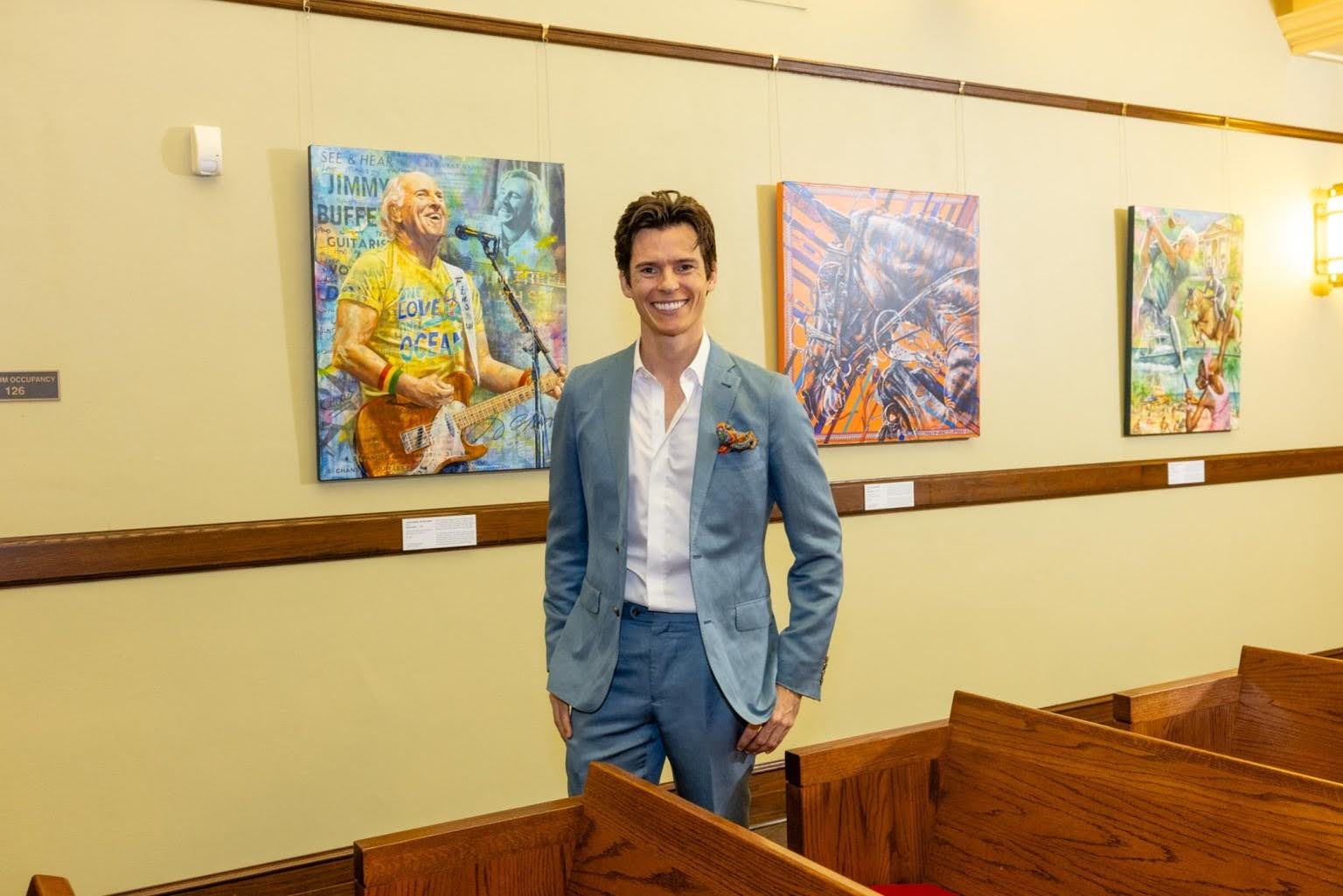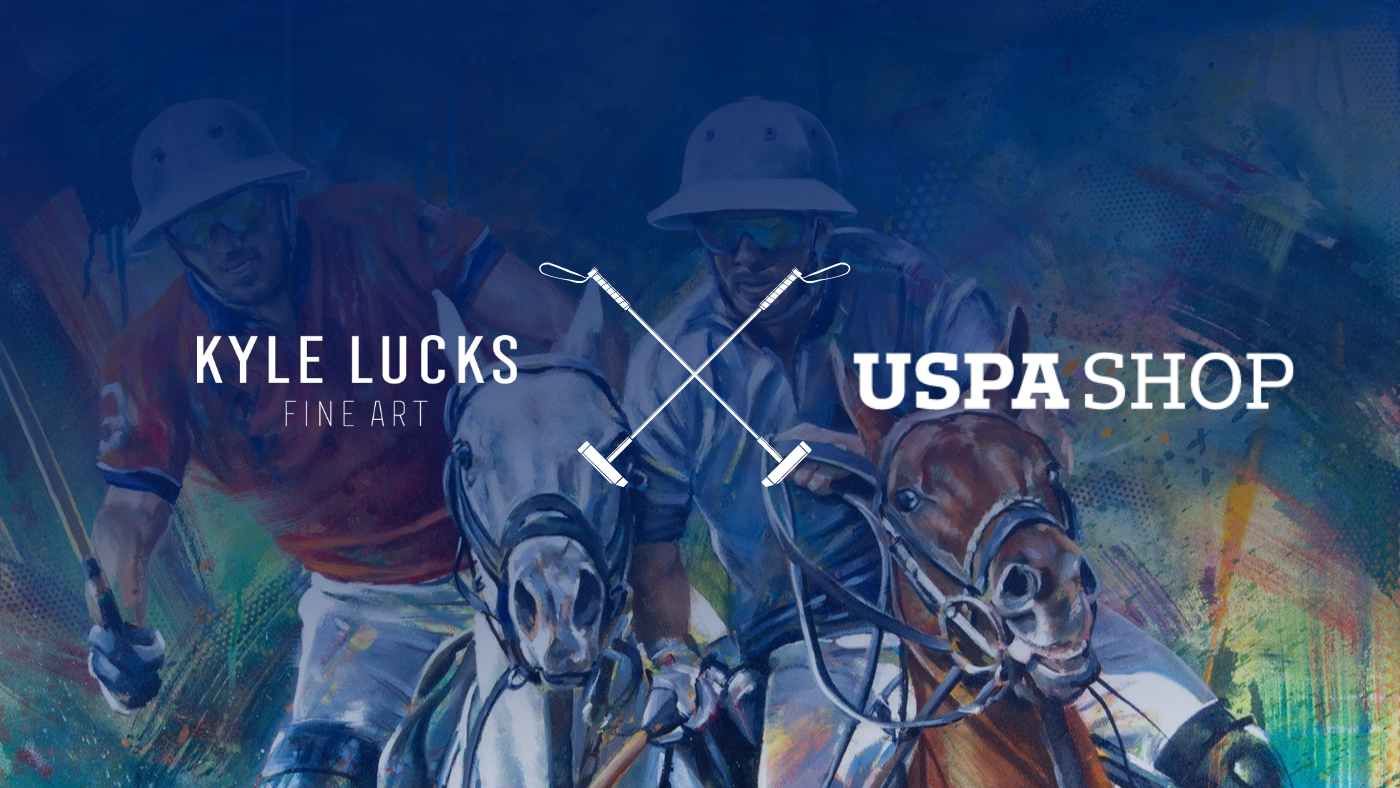
Surrealism Revived: Reflections on the Rothschild Ball and the Highly Anticipated Opening of Mary Lou’s

As an artist, I’ve always been fascinated by the moments where art, culture, and history collide. Few events embody that intersection as vividly as the Rothschild Surrealist Ball of 1972—a night that became a cultural landmark, blending high society and avant-garde artistry into an unforgettable spectacle. So, when I was presented with the opportunity to attend the highly anticipated opening night of Mary Lou’s in West Palm Beach, where the dress code was described as Black Tie Surrealism, it was impossible not to reflect on the significance of that legendary evening in 1972 and what surrealism means in today’s world.
The Rothschild Surrealist Ball: When High Society Met the Absurd
On December 12, 1972, Marie-Hélène de Rothschild hosted what would become one of the most infamous and surreal gatherings in modern history at her Château de Ferrières estate just outside Paris. It wasn’t just an extravagant party—it was an event designed to warp reality itself.
The invitations alone set the tone. Printed on mirrored cards with reversed text, they could only be read in reflection—forcing guests to interact with the invite in a way that defied expectation. The dress code? “Black Tie, Long Dresses, and Surrealist Heads.”
Upon arrival, guests ascended a grand staircase bathed in an eerie red glow, meant to give the sensation of stepping into Hell. Silent servants, dressed as cats, perched in strange poses throughout the château, blurring the line between human and sculpture.
But it was the costumes and headpieces, many designed by Salvador Dalí, that stole the show. Audrey Hepburn arrived with a birdcage over her head, complete with a live bird inside. Baroness de Rothschild wore an enormous stag’s head covered in diamonds, its eyes rigged to weep actual tears. And of course, Salvador Dalí himself was there, although according to lore, he was the only one not in costume; intentionally.
Even the dinner table was an art piece—plates covered in faux fur, dishes with names like “Tears of Birds” and “Eggs of the Hour,” and centerpieces so elaborate they functioned more as performance art than decoration. The entire night blurred the lines between reality, dream, and absurdity, embodying the essence of surrealism itself.
Stepping Into Surrealism at Mary Lou’s
With the Rothschild Ball in mind, walking into Mary Lou’s felt like stepping into a modern-day tribute to surrealism. This wasn’t just another restaurant opening—it was a reinterpretation of what it means to create a surrealist moment, tailored for the cultural landscape of today.
I attended the night with two fellow creatives—Cayla Birk and Ryan Hollihan—both of whom fully embraced the surrealist dress code. Cayla wore an avant-garde hat swarming with ants, a playful nod to the Rothschild tradition of imaginative (and unsettling) headpieces. Ryan, channeling the iconic antlered masks of the 1972 ball, wore an elaborate headdress of antlers, transforming into something otherworldly.
For my part, I took direct inspiration from Salvador Dalí’s The Persistence of Memory—the melting clocks that have become synonymous with surrealism itself. I handcrafted and painted a mask shaped like Dalí’s iconic warped clock, a symbol of time bending and distorting, just as it did in the surrealist world of Rothschild’s legendary gathering.
Mary Lou’s: Where Reality is Optional
Much like the Rothschild Ball, Mary Lou’s is built to challenge perception. Created by Alex Melillo, Joe Cervasio, and Topher Grubb, the restaurant isn’t just a place to dine—it’s an immersive experience, designed to keep guests guessing at every turn. Mary Lou's is named after local West Palm Beach fashion legend, Mary Lou Curtis who owned the women's boutique "La Shack", which was frequented by everyone from Jackie O to Betty White.
Maintaining a corner-store facade of its predecessor Berto's Bait and Tackle, Mary Lou’s is a surrealist playground, blending classic French dining with theatrical flair. The menu, crafted by Executive Chef Manuel Echeverri, reimagines traditional French cuisine with unexpected twists, while the restaurant’s design elements—including hidden doors and spontaneous performances—blur the line between the ordinary and the extraordinary.
The crowd? Let’s just say it was stacked with cultural and creative powerhouses. If you’re curious, I suggest going on a little internet treasure hunt—you might spot a few familiar faces, including The Chainsmokers.
Why Surrealism Still Matters
What struck me most about the night was how Mary Lou’s captured the essence of surrealism—not just as a historical movement, but as something alive and evolving. Like the Rothschild Ball, the event asked guests to step into a world where the rules of reality no longer applied.
For me, as an artist, it was a reminder of why surrealism endures. It’s not just about the bizarre or the shocking—it’s about challenging perception, bending reality, and stepping into a space where imagination reigns.
Standing there in my Dalí-inspired mask, surrounded by art, music, and creativity, I couldn’t help but feel that same energy that must have filled the halls of Château de Ferrières all those years ago. Surrealism, it seems, is timeless.
—Kyle Lucks



